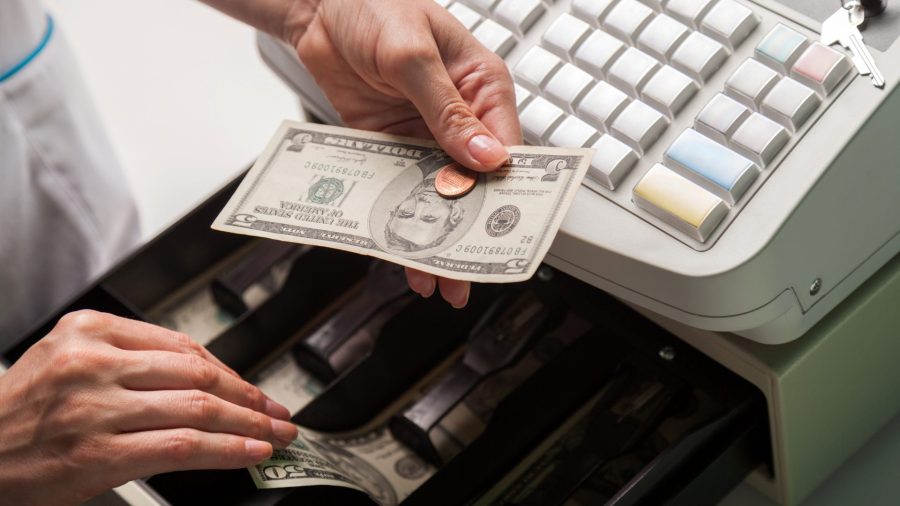Food inflation is approaching pivotal levels in the U.S., with prices for food consumed in the home increasing 4.5% in September compared with the same month of 2020.
As input costs continue to rise, more staples companies are forwarding the difference to consumers. Nestlé, Danone and Procter & Gamble all said this week that shoppers can expect higher bills at the grocery store, reported The Wall Street Journal. (Oct 20)
The question is, how far can they push before shoppers opt for cheaper brands or reduce the number of items they purchase? As a rule of thumb, price increases above 5% are harder to implement without changing buying patterns, according to supermarket and consumer goods executives.
Grocery CEOs Weigh In
Albertsons CEO, Vivek Sankaran, told Yahoo Finance that rising prices aren’t completely turning off consumers just yet. (Oct 18)
Rather, food inflation is “still manageable for the consumer and manageable for companies like us, from a gross margin standpoint and overall profitability standpoint” — with expectations for it to remain that way in the coming months.
While customers should expect higher prices and “spotty” availability of foods, Sankaran added that the effects aren’t dire for either shoppers or the food chain.
On the other hand, John Catsimatidis, president of Gristedes and D’Agostino Foods envisions prices increasing at least 10% in the next 60 days, and warned that companies like Nabisco, Pepsi and Coke will begin to prioritize products and raise prices in order to get ahead, reported FOX Business. (Oct 18)
“I see food prices going up tremendously,” said Catsimatidis. “[CEOs] want to be ahead of the curve and the way they’re doing it is they’re dropping all promotions. They are dropping low-moving items.”
Government Stimulus Impacts
Meanwhile, new research from the Federal Reserve Bank of San Francisco suggest that the “later timing and large size” of the American Rescue Plan — the latest stimulus package passed in March — could be overheating the economy and fueling a sustained increase in inflation, reported Forbes. (Oct 19)












